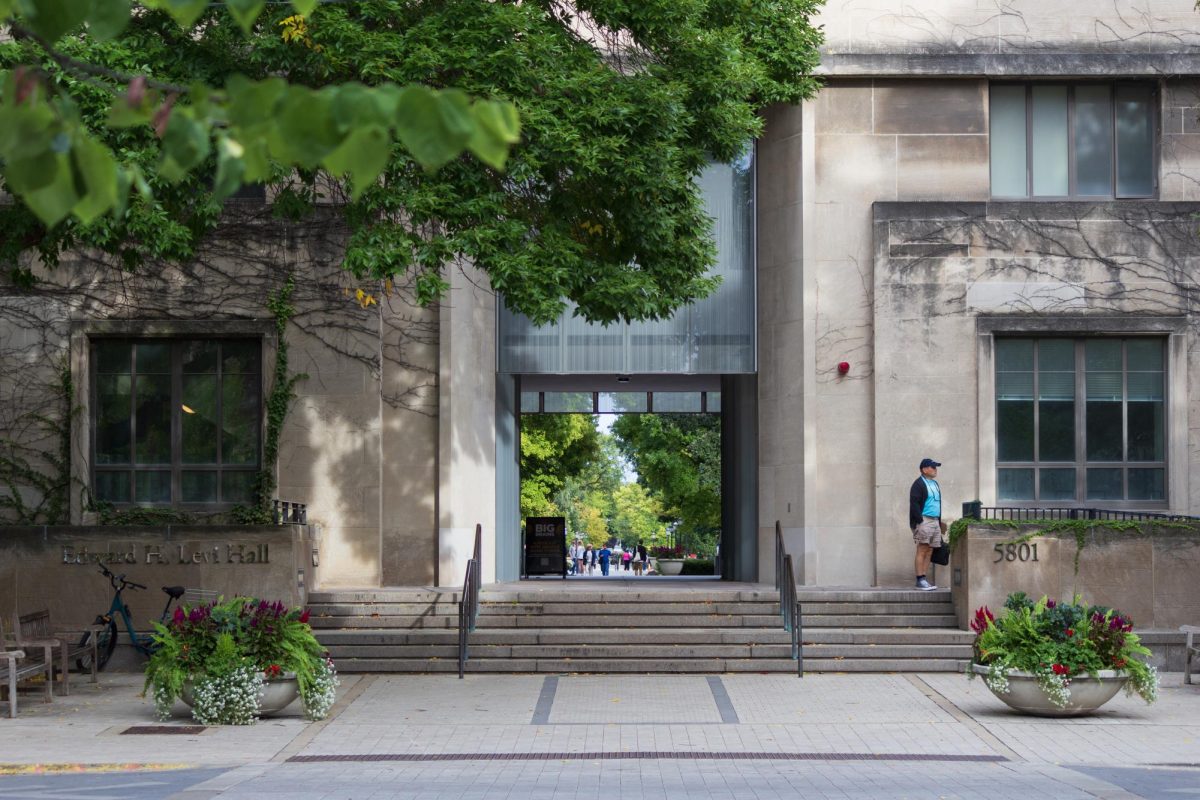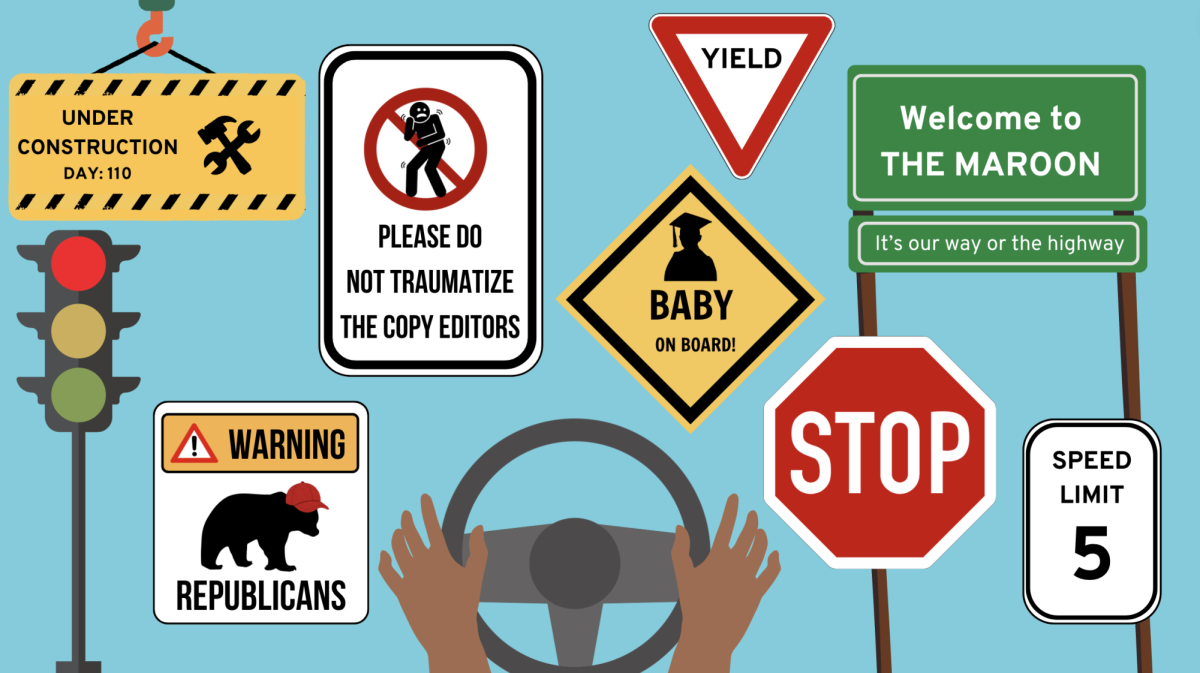As a University of Chicago student, I, like many other students here, am often stressed and anxious about work. But because I also suffered from Post-Traumatic Stress Disorder (PTSD), everyday social interactions could be frightening and anxiety-provoking experiences for me. I grew up as a witness to and victim of chronic domestic violence, and the result was that my severe symptoms seriously inhibited my ability to live a normal life.
I tried counseling, but it was expensive and didn’t seem to provide the immediate and permanent relief I needed. However, I recently came across a treatment called Eye Movement Desensitization and Reprocessing (EMDR), and decided to try it. EMDR was significantly cheaper than other methods of treatment (it cost only $30 with my University Student Health Insurance Plan) and faster (involving only three 50-minute sessions). The treatment was also unbelievably effective, helping me to resolve the symptoms of 19 years of trauma that would have taken perhaps a lifetime to treat with more traditional methods of therapy.
For those unfamiliar with EMDR, it’s an eight-phase psychotherapy treatment radically different from counseling or medication. Patients focus on a triggering memory that is at the center of their PTSD symptoms while simultaneously focusing on another stimulus, such as a pulsing light. This is repeated several times, with each individual treatment lasting 15-30 seconds. In each successive phase, the patient is asked to focus on a memory related to the triggering memory that was brought up by the initial treatment. This process is continued until the patient is desensitized, or no longer feels triggered by the original memory. Historically, twenty positive controlled outcome studies have been done on EMDR, and millions of people have been cured of PTSD through the procedure.
However, my discovery of EMDR and my consequent relief from PTSD symptoms that I experienced, was more a product of luck than anything else. Although the EMDR-certified therapist whom I worked with said that she has had a higher than 80 percent success rate with University of Chicago students, Student Counseling Services (SCS) had never mentioned EMDR as a treatment option for me. Out of the multiple therapists I saw for walk-in sessions, the staff members on call, and the psychiatrist who diagnosed me with PTSD and depression, all at SCS—no one suggested EMDR. The center only suggested “psychotherapy”—which to the layperson only signals traditional counseling—for treatment.
SCS referred me to seven psychologists, and I just happened to set up a first time appointment with one of the only two EMDR-certified therapists in Hyde Park. I found out about EMDR during our first session. SCS did not even distinguish her from the six others as able to provide a different kind of clinical service, so I did not realize the benefits I would receive when I initially chose to work with her.
Even if Student Counseling Services cannot directly provide EMDR therapy, it can at least more actively inform students of all their specific treatment options so that they can make the best decision regarding their health—especially when a particular therapy has a high success rate. The center can also incorporate emerging or different forms of therapy, such as integrative medicine, rather than continuing to recommend the same limited set of customary practices.
I shudder when I imagine my healing journey without EMDR. I have transformed—now I am relaxed; the reoccurring flashbacks of violence and instability are gone; without mental blockages, I finally have full access to my cognitive abilities in the present. It is as if someone pressed a fast–forward button in my healing process. It would’ve been nightmarish to continue going through hours of talking through distressing memories on a couch, taking antidepressants and dealing with side effects like nausea and drowsiness. Yet every student I’ve encountered who has struggled with trauma went down that long and dreary road. I can only hope that SCS makes more people aware of another more effective, less draining alternative to traditional talk therapy and drugs.
Jane Jun is a third-year in the College majoring in economics.








